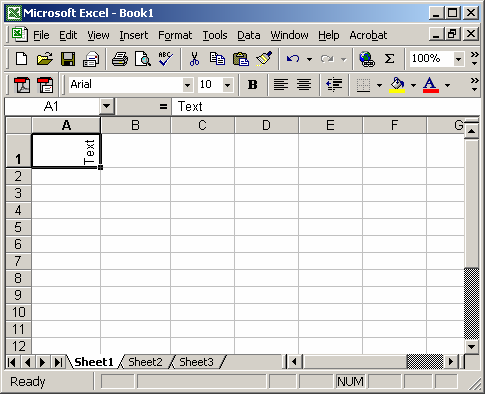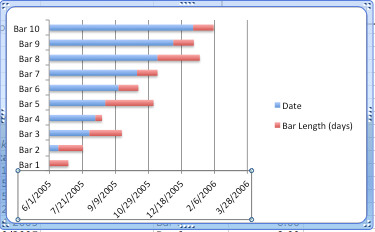

Do a double click until you get the remaining columns faded out. To specify the Total, double click on the column containing your Total. What it does figure out by itself is which data points are increases and which ones decreases.

This is something that needs to be specified by you. This is because Excel hasn’t figured out which one of your data points are your totals. At this point you will see the first two, but not the Total. It will give you three series: Increase, Decrease and Total. To use the new Excel 2016 Waterfall Chart, highlight the data area including the empty cell right above the categories and Insert > Waterfall Chart. Watch the video to learn how to use the built-in Excel 2016 Waterfall chart and also learn about it’s limitations.įor some categories, changes are positive and in some cases they are negative. Extremely user-friendly but unfortunately not flexible.

That was the reason Excel 2016 introduced a built-in waterfall. It’s one of the most common charts for which people use additional third-party add-ins for. But it’s a very difficult chart for many people to create and maintai n. It’s a neat way of presenting your data and explaining the factors responsible for the change. The Waterfall Chart is also a very liked graph by Management.įor good reason too. But they are also a good story teller for non-financial data. They are common for financial figures – they allow you to see the profit development – how you got from gross sales to net income or how your earnings developed from last year to this year. A waterfall chart or a bridge chart is a way of visualizing your data that helps you understand how you got from one balance to another balance.


 0 kommentar(er)
0 kommentar(er)
